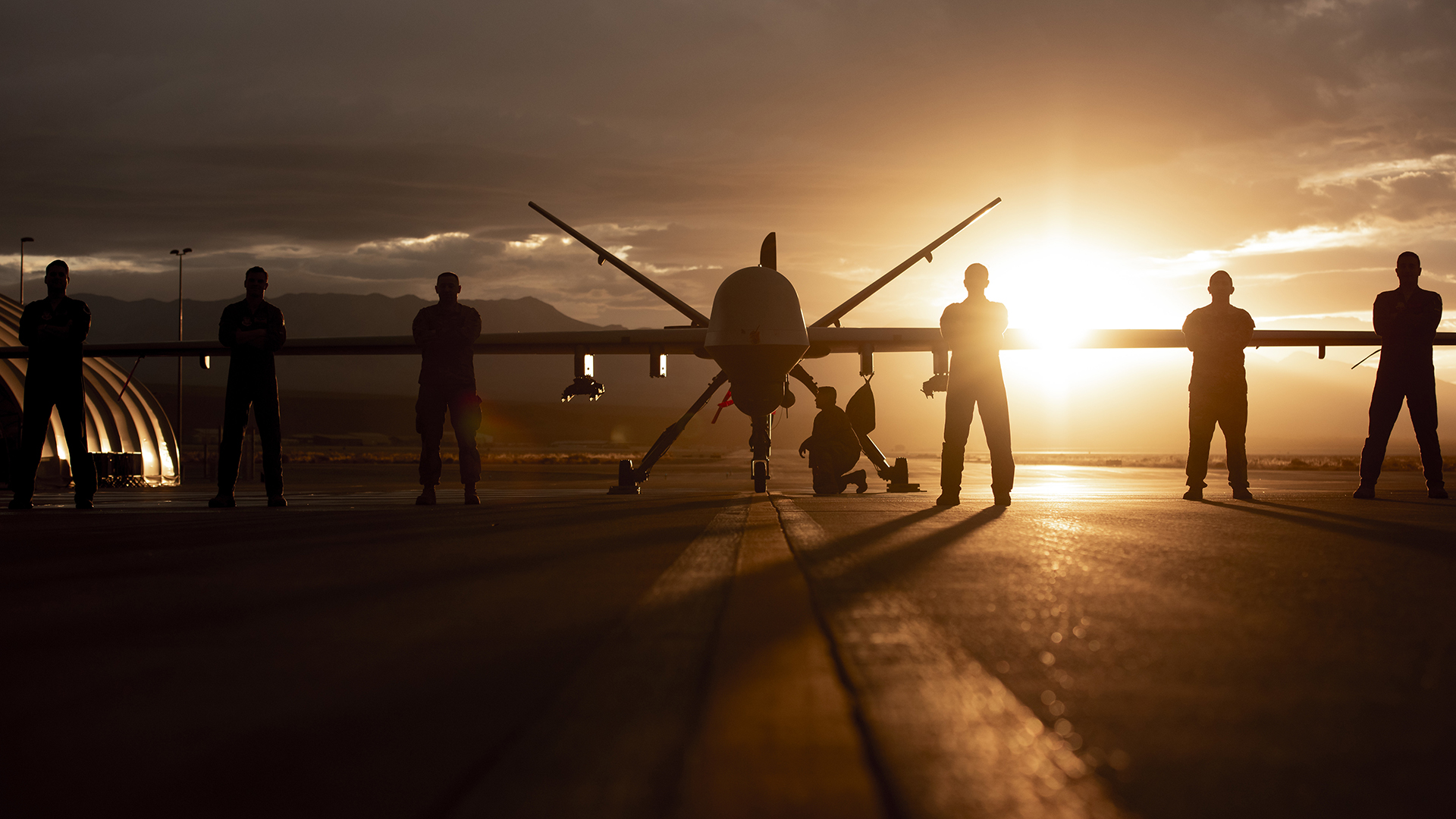

A Dec. 17 U.S. airstrike near Jilib, Somalia is believed to have killed one militant with al-Shabab, a terrorist group that has pledged allegiance to al-Qaida, according to U.S. Africa Command, or AFRICOM.
U.S. military officials have not provided any information about the militant .Voice of America reported that the airstrike targeted a high-ranking al-Shabab leader, who has not been identified.
The U.S. military does not believe that any civilians were injured or killed by the airstrike, an AFRICOM news release says.
No U.S. troops were in the vicinity of the airstrike, according to AFRICOM, which has not specified what type of aircraft involved in the operation or what kind of munition was used.
Before Dec. 17, the last U.S. airstrike in Somalia took place on Aug. 26, and it killed 13 suspected al-Shabab fighters.
Separately, the U.S. military helped to medically evacuate civilians wounded by a Somali government counter-terrorism operation on Sept. 6 near El-Lahelay, according to AFRICOM. U.S. troops were not on the ground for the operation, and they did not launch any airstrikes in support of Somali forces.
The U.S. military has carried out more than a dozen airstrikes in Somalia so far in 2023, according to AFRICOM. In January, U.S. troops also launched a mission in Somalia that killed ISIS leader Bilal-al-Sudani.
Subscribe to Task & Purpose Today. Get the latest military news and culture in your inbox daily.
Roughly 500 U.S. troops are deployed to Somalia to help fight al-Shabab which AFRICOM describes as “the largest and most kinetically active al-Qaeda network in the world.”
The African Union has also sent troops to Somalia, but they are all expected to transfer security to Somali forces by the end of 2024 The drawdown of African Union troops recently resumed after a three month pause requested by the Somali government due to military setbacks in central parts of the country, Voice of America reported.
In late 2022, the Somali government launched an offensive against al-Shabab that initially showed signs of success. But the Somali forces’ progress against al-Shabab have mostly stalled this year, said Tricia Bacon, an associate professor at an American University who has analyzed al Shabaab’s objectives.
After making gains in central parts of the country last year, the Somali government has found that holding territory is more difficult than clearing it, Bacon told Task & Purpose. The Somalis also have still not been able to conduct offensive operations in southern Somalia, al-Shabab’s stronghold.
“But most worryingly, the gains last year have led the Somali government to believe it can defeat al-Shabaab militarily,” Bacon said. “The airstrikes are an important tactic to keep al-Shabaab off balance, but unfortunately, a military solution to this conflict is still nowhere in sight.”
With the offensive stalled, the overall security situation in Somalia is not good, said Caleb Weiss, an expert on jihadism in Africa and the Middle East and co-editor of The Long War Journal, which is produced by the Foundation for Defense of Democracies think tank in Washington, D.C.
Al-Shabab has captured military bases that had African Union troops had handed over to Somali forces, said Weiss, a senior analyst with the Bridgeway Foundation, a nonprofit organization that seeks to end genocide.
Even though the Somali government has claimed that it retook those bases, al-Shabab was able to exploit their capture for propaganda value, Weiss told Task & Purpose.
Roughly 3,000 African Union troops are scheduled to leave Somalia by the end of December, meaning that even more bases will be handed over to the Somalis, he said.
“I think the question everyone should be asking is: How long until those bases are also overrun, or how many of those will be overrun,” Weiss said.
Although the African Union may keep some troops in Somalia beyond 2015, it is likely to be nowhere near as many as the nearly 18,000 who were deployed there at the height of the mission.
Meanwhile, the U.S. military’s airstrikes in Somalia have little effect on the security situation, in part because they have mostly been defensive rather than in advance of a Somali government attack on al-Shabab, Weiss said.
“There’s not much the U.S. can do,” Weiss said. “There’s 500 – officially – U.S. troops in Somalia. Most of them are in advising roles. The drone strikes, by nature they’re not going to win something like this.”
The latest on Task & Purpose
- US Marine is top student at Royal Marine Commando course
- Legendary Combat Controller from Task Force Dagger dies at 51
- Army must “increase” fitness standards, but can use gender-specific scores
- The Navy’s newest ship is named for a Medal of Honor recipient
- A new Army supercomputer gets a Medal of Honor namesake